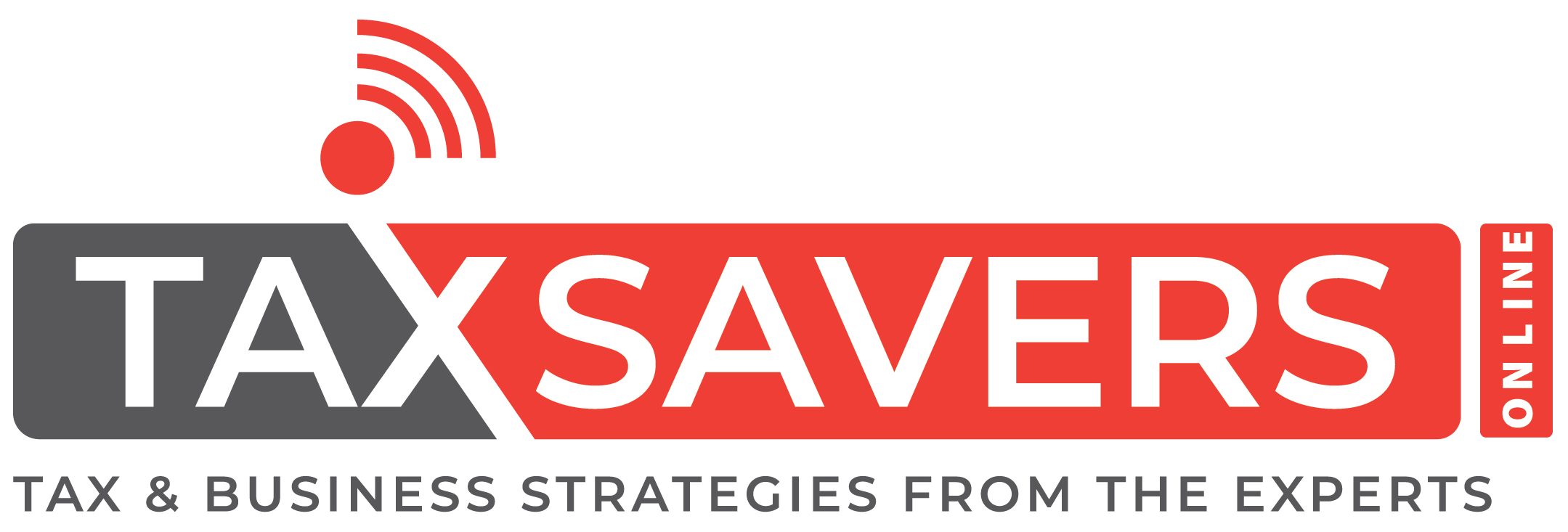You might have heard this type of worker being called freelancers or gig workers, but their purpose within the business is relatively the same.
You might be this type of worker and are unsure of your tax obligations or unsure how to classify your expenses regarding your taxes, as you may generally have to calculate these yourself.

This can be an added headache on top of determining your wages and overtime agreed by the business that requires your services, so you want to ensure that you get it right to report self-employment taxes correctly so that they follow IRS rules.
That’s not to mention the different forms you need to fill out and the deductions you need to figure out over the tax year, so where do you start?
This guide will help you to determine how this self-employment is categorized, what taxes you’ll likely pay, and any other processes you should be aware of, so read on to make your self-employment journey an easy one.
Contents
What Is An Independent Contractor?
These workers can help businesses better control workforce costs and meet demands when workloads increase, giving both businesses and contractors the flexibility to work in different areas that may require specialist knowledge of the work that’s carried out.
However, independent contractors must acknowledge wages, overtime, and expenses rather than the employee who might use a checking-in system and have all their costs determined by an employer.
If you’re an independent contractor, the IRS considers you to be self-employed, so if you’re an independent contractor, you can function as a sole proprietor or a limited liability company (LLC) which can have their own tax statuses, and some pay more taxes than others.
So far, so good, but what about their tax obligations?
What Tax Do They Pay?
Most Independent contractors must pay income and self-employment tax at a rate of 15.3%, broken down into 12.4% for social security and 2.9% for Medicare.
Your Tax will depend on whether the business results in a net profit or a net loss. The first $147,000 of your combined wages, tips, and net earnings can be subject to a combination of the Social Security part of self-employment tax.
Be aware, though, that the $147,000 figure can be negotiable in each tax year, so if you’re looking for the tax rates for a prior year, you can look to the schedule often displayed by the IRS.
However, your wages and tips in the current year are subject to any combination of the 2.9% Medicare part of Self-Employment tax, Social Security tax, or retirement.
You might have to pay an additional medicare tax rate of 0.9% of your wages, compensation, and self-employment income are above a threshold amount when filing a return, which can range from $125,000 to $200,000 depending on if you’re single, married and filing jointly, or the head of a household.
If you’re still unsure if you fit into this category, you can send off earning documentation by yourself or an employer to the IRS, who can decide whether you fit into this category or not.
Do Independent Contractors Pay More Taxes?

As an independent contractor has to pay both the employer and employee portion of Medicare and Social Security taxes, it seems that they have a higher tax burden than a standard employee.
As employees pay half of their overall tax liability, which is 7.65%, the employee pays the other half, which adds to 15.3%.
However, both employees and self-employed workers are subject to the same rates of income tax, so being able to make the distinction between tax brackets is relatively straightforward.
This saves you time when you have to consider other processes a self-employed individual has to consider, which we turn to next.
How Does An Independent Contractor Pay Taxes?
There’s no doubt that it is more complicated to file taxes when you’re self-employed as you have additional forms to fill out and file, and you’ll need to file estimated taxes regularly.
Below we have listed some aspects of filing this way and the costs you’ll want to consider and get used to processing.
- Reporting self-employment income- As an independent contractor, you’re required to file Schedule C with any tax returns you file. Schedule C will outline your profit and loss from a business you operate, so any income you earn as a contractor must be reported on Schedule C. You’ll then pay income taxes on the total profit.
- Deductions- Business deductions reduce the amount of profit you pay income taxes on. There are several deductions you can take if you’re self-employed, including health insurance, home office deductions, mileage, and deductions for your phone bill.
- Quarterly Estimated Tax Payments- The US tax system is a pay-as-you-go tax system, meaning you need to make tax payments regularly throughout the year.
Paying the government regularly throughout the year is your responsibility, where you can estimate how much you need to pay the government each quarter by guessing what your total income for the year will be.
Conclusion
Now you have some idea of what filing taxes looks like for a self-employed individual, you might be looking for ways to bring it all together.
There are many accounting software packages that can help you keep track of your earnings and purchases, and it’s important to note here that you should receive a 1099-NEC form from each client that’s paid you at least $600 during the tax year.
You can also order paper copies from the IRS of any forms you require, or you could use E-filing service providers that can also file the forms for you, for a fee.
If you’re still unsure of what forms you need to file and anything seems confusing, you could contact a tax advisor who normally specializes in any form of tax filing and can point you in the right direction.
They could extend this service to taking care of your filing for a fee, but in the long run, it may be a worthwhile investment to prolong your services and client base.





